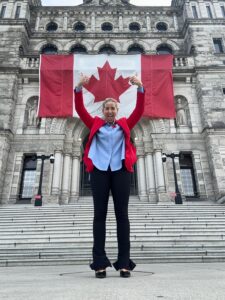
February 2020
Andrew Longhurst
Access to publicly subsidized assisted living in British Columbia has fallen since 2008 for British Columbia seniors.
Between 2010-2017 BC added only 105 units of publicly subsidized assisted living despite a growing seniors’ population while—more than 10 times that number—1,130 private-pay units were added. Seniors who cannot afford to pay privately may go without care altogether or wait until their health deteriorates to the point of requiring a nursing home or hospitalization, this report explains.
These are among the key findings of Assisted Living in British Columbia: Trends in access, affordability and ownership by Andrew Longhurst, who notes that access to subsidized assisted living dropped by 17 per cent province-wide between 2008 and 2017 (measured as the number of units per 1,000 seniors age 75-plus).
The study raises concerns about the growing role of for-profit companies and corporate chains in the assisted living sector. For-profit corporations provide the vast majority of private-pay units, while non-profit organizations provide the majority of publicly subsidized units.
The report makes two key recommendations to address the growing access problem in BC. The first is the creation of new capital and operating funding opportunities for non-profit organizations and health authorities to increase the supply of publicly subsidized assisted living units as part of a home and community care funding plan. The second focuses on requiring detailed disclosure to improve transparency and accountability in both assisted living and long-term care.
Download the full report
or the summary ccpa-bc_AssistedLivingInBC_summary.pdf





